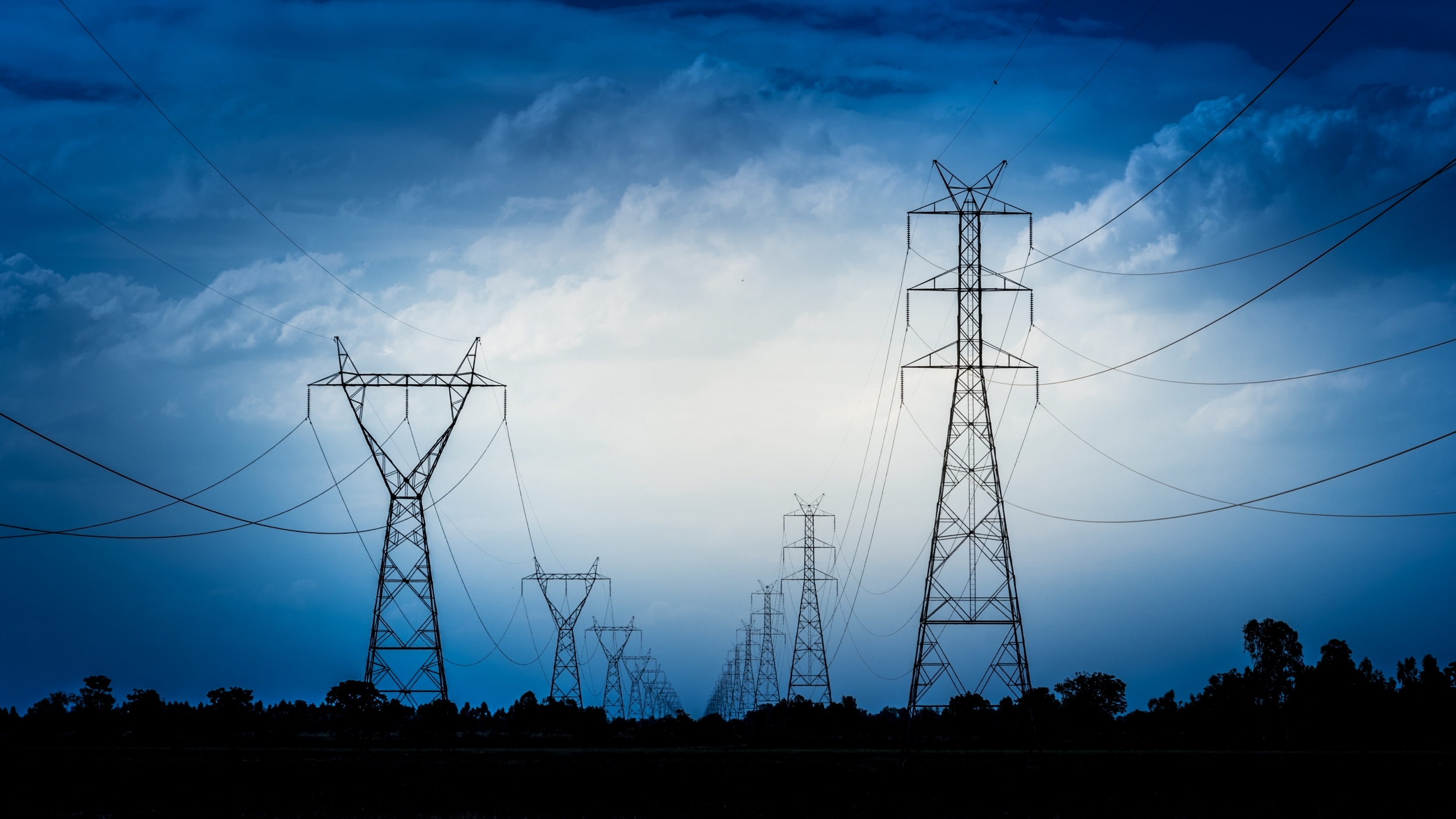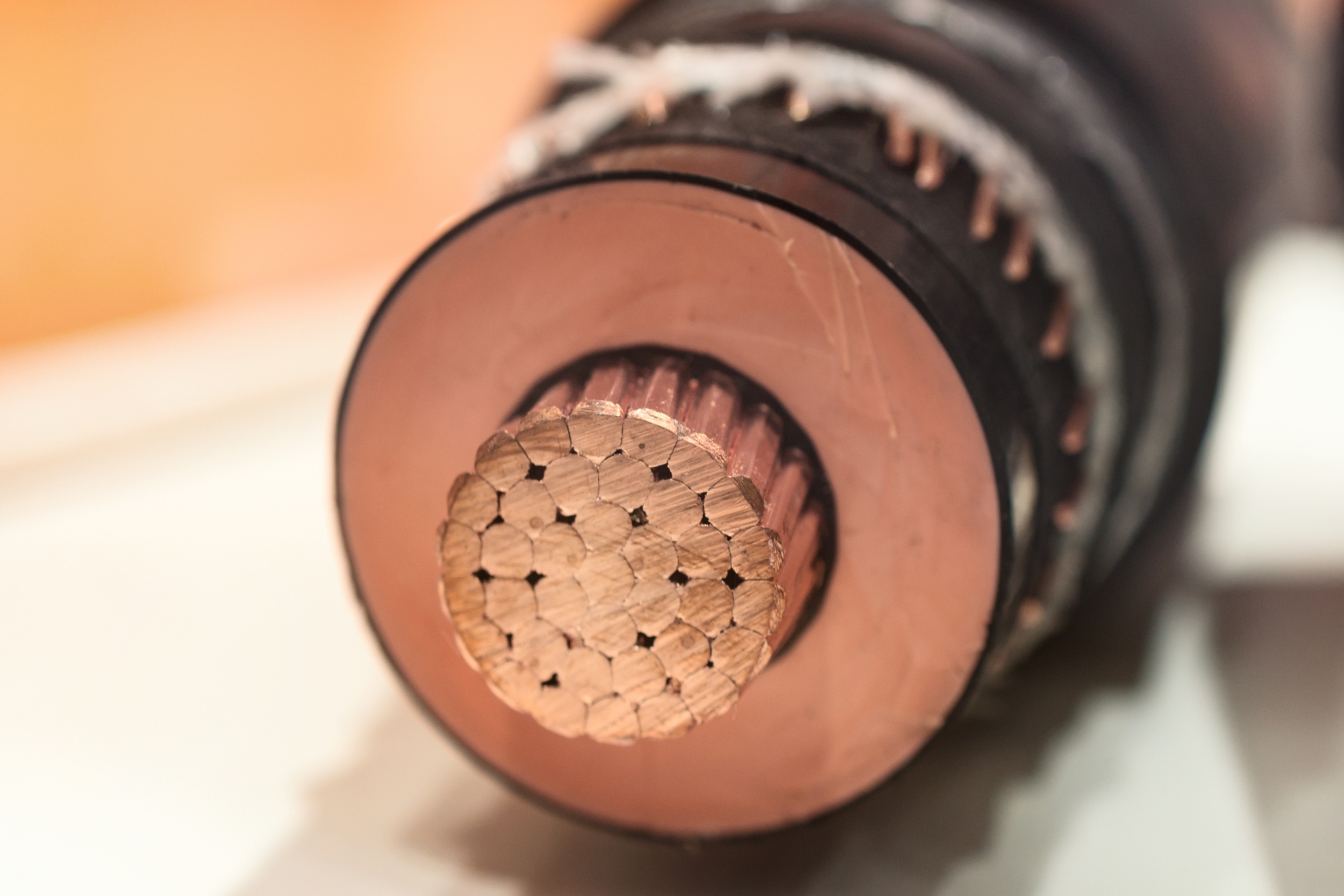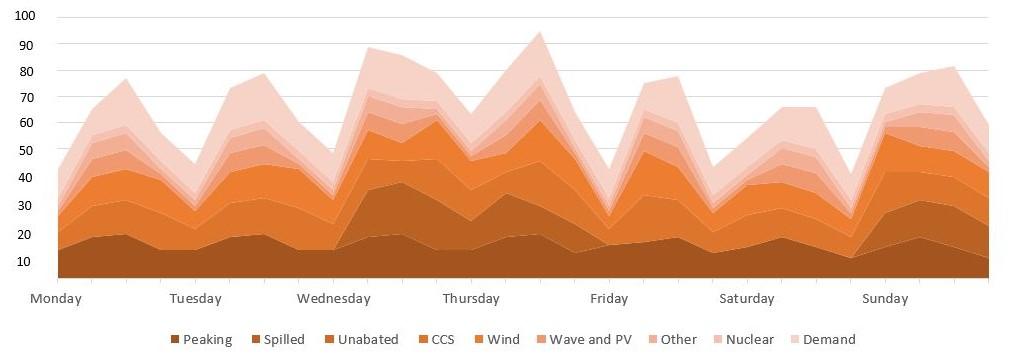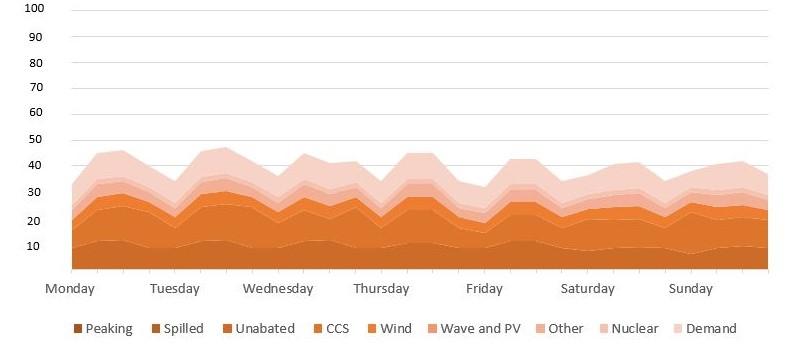Future power distribution networks
The drive to a low carbon economy is turning the traditional power generation, transmission, and distribution model on its head. With it comes a change in manufacturing considerations and therefore medium voltage (MV) cabling. Discover the medium voltage industry charging trends in demand and the safety implications of using approved MV cable.
The situation
The historical predictability of power availability and consumption is being challenged by the need to integrate new, renewable unpredictable energy sources such as solar and wind into the grid. Coupled with a significant change to consumption dynamics, driven by the electrification of transport, heating, and cooling systems, a completely new power landscape to navigate emerges.

Traditional power travels by medium and high voltage power lines
The distribution network of the future is likely to be presented with a number of challenges when transitioning from a traditional flexible power availability from large scale fossil fuel generators, and predictable consumption behaviour. A new dynamic grid will need to be bi-directional allowing consumers to generate their own energy with micro solar, wind, and vehicle-to-grid systems. It will also have to deal with much larger demand spikes as a result of electric vehicle charging and ground source heat pumps providing heating, hot water, and cooling. The challenge for grid operators is to manage this seismic technology shift, whilst maintaining energy security and grid resilience.
A smart dynamic power distribution grid
The key tools required to address these new challenges will include applying new energy storage technologies and a communications platform to provide better information about, and more control over, the flow of power on the networks. This will allow grid owners and operators to utilise existing assets more effectively and improve overall network reliability. In this more complex environment, power distribution cabling assets form the veins of the grid ensuring that power flows where and when needed. In a resilient and flexible distribution, grid power cable availability is paramount.
In the flexible grid distribution cables will need to manage a very different load profile, as modern consumers switch to electric transport and climate control systems. A traditional load profile is shown in figure 1 below whilst a modern profile considering changing habits is shown for comparison in figure 2.
Figure 1: Future predicted 7 day demand and supply
An illustrative of the expected demand and mix of different supply on an average winter day in 2050
Figure 2: Current 7 day demand and supply
An example of the current demand profile and supply mix, on an average winter day.
Source: Electricity System: Assessment of Future Challenges - Annex
This changing profile contains more significant peaks in demand and will result in much more dynamic loading of the power cable. In this scenario, the increased use of asset monitoring tools can play an important role in ensuring that cables remain operational within the defined performance envelope and are not subjected to thermal stresses beyond design limits.
Tools such as real time thermal rating (RTTR) are increasingly being deployed on vital cable connections to monitor conductor temperatures allowing asset owners to manage cabling in a much more flexible manner based on a real understanding of the cable condition. Other sensor-based tools are deployed in real time to monitor cables for partial discharge activity in service, predicting potential failure of the cable and allowing preventative and predictive network maintenance rather than managing catastrophic network failures and the resulting disruptions to consumers.
Medium voltage cable testing
Of course, prevention is better than cure. There is no substitute for a cable that is correctly designed, manufactured, and robustly tested to ensure constancy of performance, in the most challenging of conditions.
Type testing regimes to national and international standards have long been the shield that asset owners use to guarantee cable performance in service; however, there are limitations to the effectiveness of such testing. One off type testing should have a capped validity to ensure that repeatable manufacturing standards are maintained over time.
Testing should be repeated in the event of major design changes, particularly those impacting the dielectric and mechanical performance of the cable system. Testing should also be repeated where a different material, grade, or source is used in the dielectric that can significantly impact cable performance. Experience has shown that this is not always the case, with type testing only being conducted on specific requests by end users. This can result in manufacturers operating with test reports that are more than a decade old.

MV cables are made up of multiple layers including sheath armour, inner covering, wrapping tape, metallic screen, insulation screen, filler strip, insulation, and conductor screen
Medium voltage cable industry standards
There is an increasing global need for MV cables, and it is for this reason these cables should be type tested, at intervals of at least 3 year periods, to ensure product quality is consistent with industry standards. There are several leading standards recognised within the industry:
- IEC 60502-2 - applicable to power cables with extruded solid insulation
- IEC / EN 60754 - designed to determine the halogen acid gas content
- IEC / EN 60332 – designed for small scale single cable and large-scale bunched cable testing of flame propagation
- IEC / EN 61034 - measures smoke density of cables burning under defined conditions.
- BS 6622 - one of the main MV standards, particularly focused on general armoured cables with thermosetting insulation
- BS 7835 - another one of the main standards, this standard offers a variation for armoured cables with thermosetting insulation
- BS 7870-4.10 – is specific to single-core cables only, with an over sheath made of medium density polyethylene and thermoplastic compound
- BS 7870-4.11 – is specific to single-core 33 kV lead alloy sheathed cables.
- BS 7870-4.20 - works to the same criteria outlined above for BS 7870-4.10 but applies to the three-core 11 kV cable variation
MV cables that have been tested to meet the above standards safeguard the grid and minimise risks. High quality approved cable will have been put through rigorous testing to ensure they can accommodate the future increase in power demand.
The benefits of third party testing
Third party testing offers robust testing and accreditation of MV cable systems, be it through type testing or full product certification. Ensuring cables are not simply deemed fit for purpose after a single test, BASEC ensures they are in fact rigorously evaluated through a programme of repeat testing coupled with an evaluation of plant capability through audit and inspection. Certification provides peace of mind that distribution cable assets can be installed and operated trouble-free in increasingly complex environments.
For more information about MV cable testing download your free guide below



